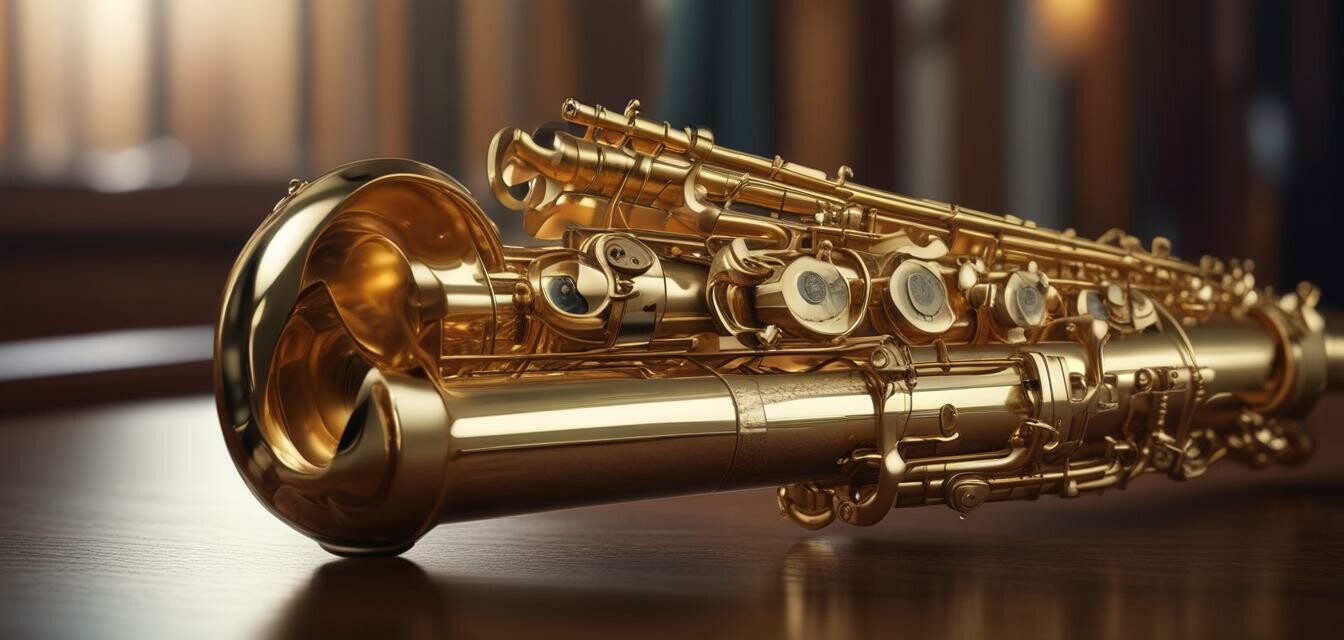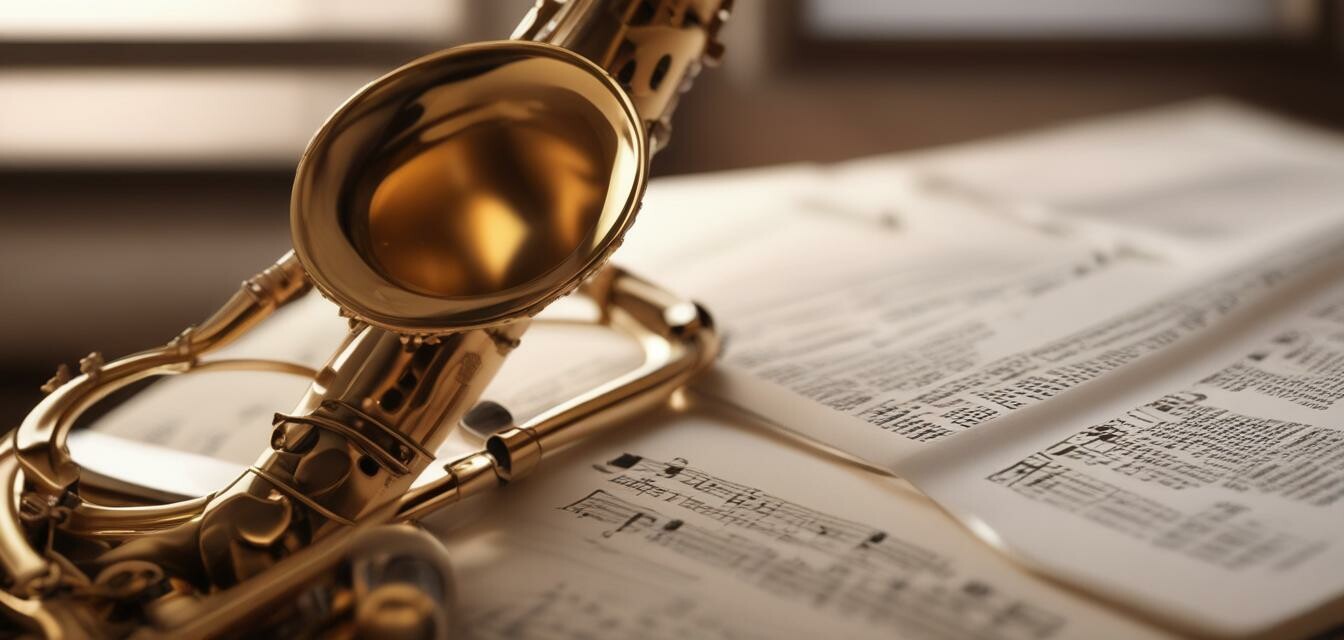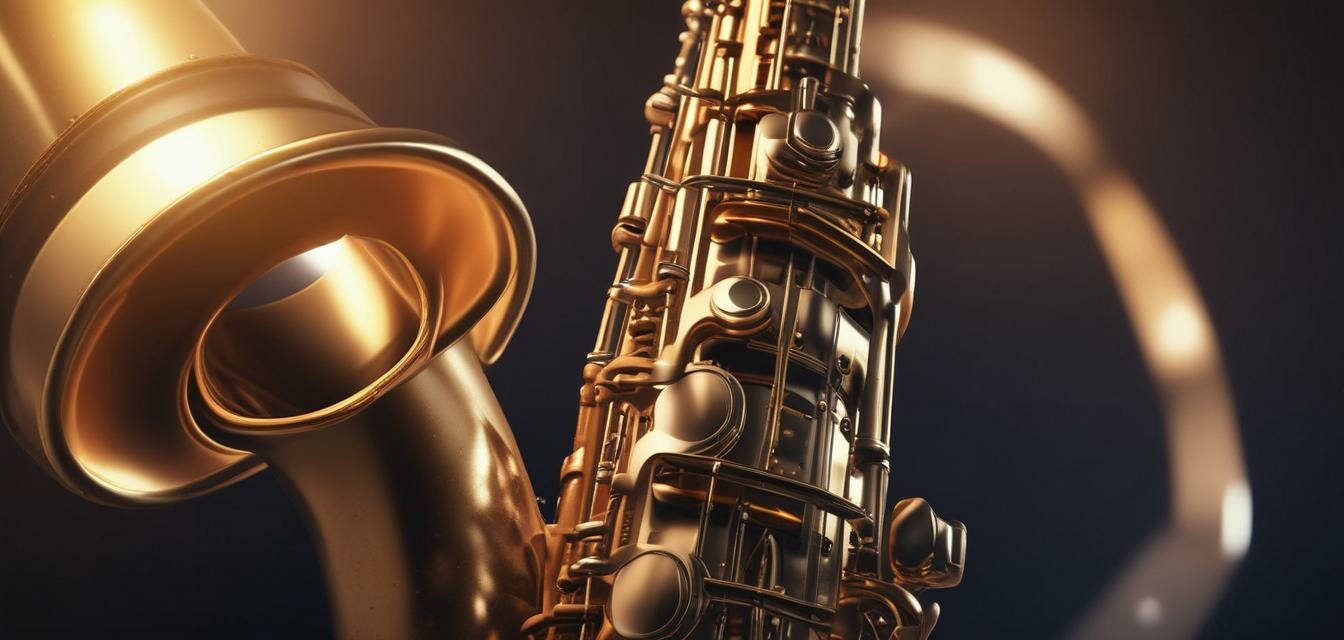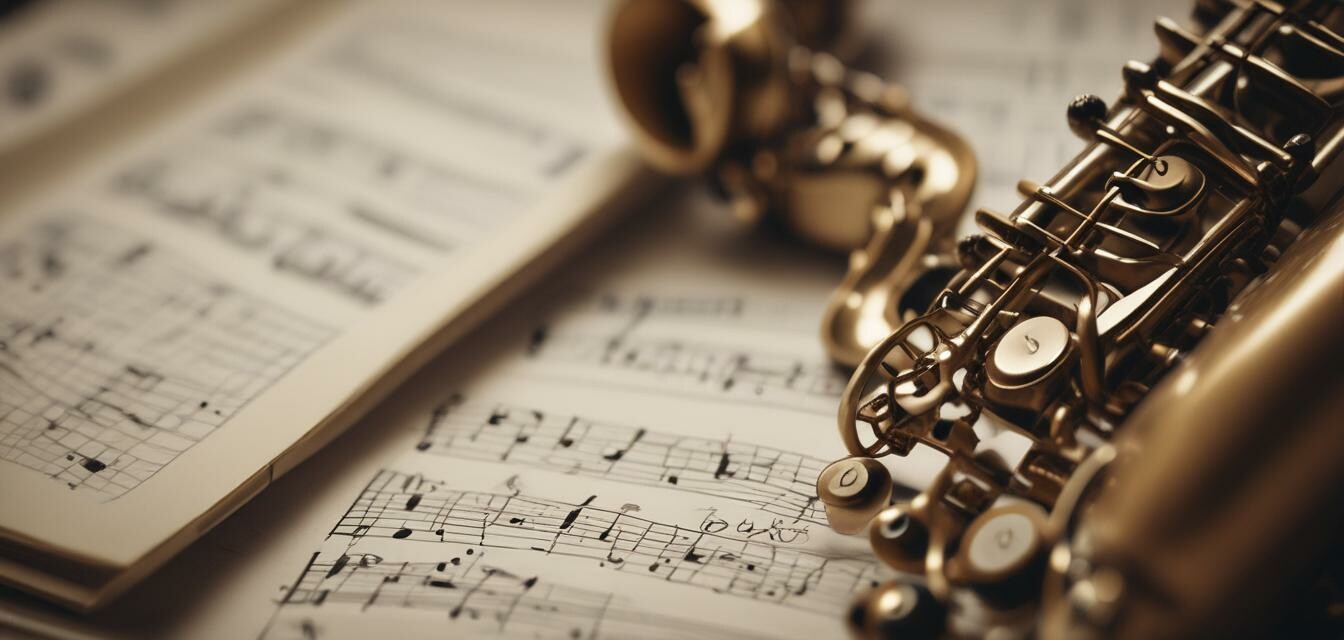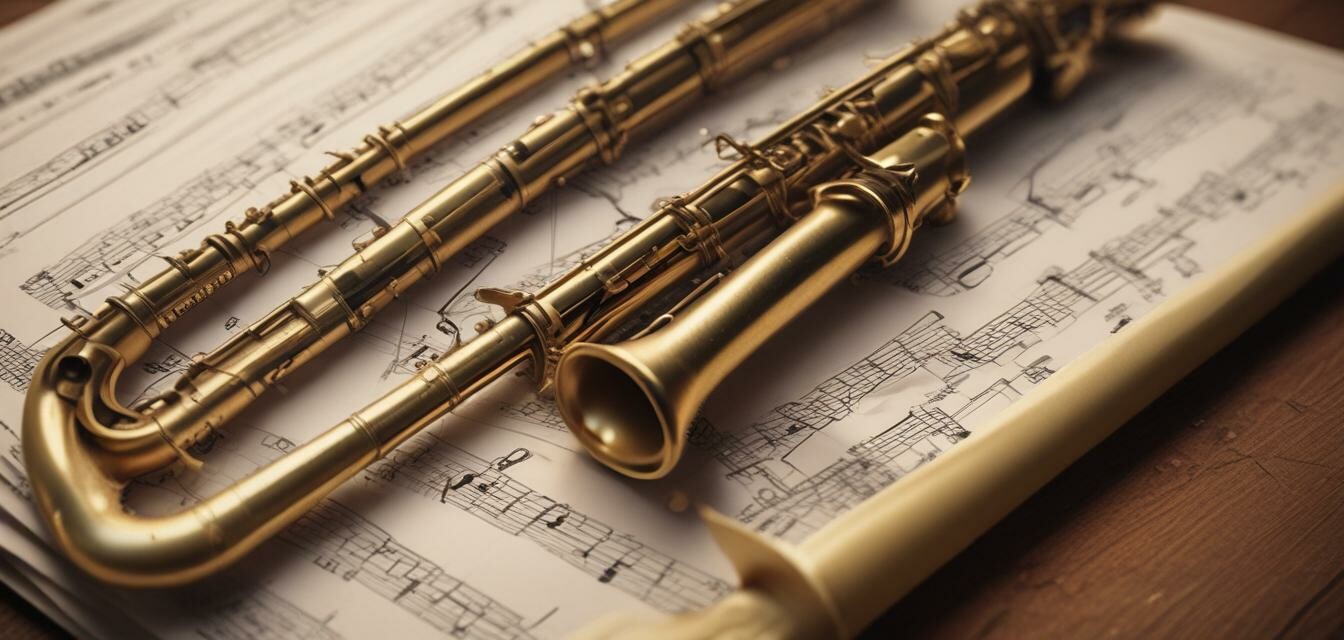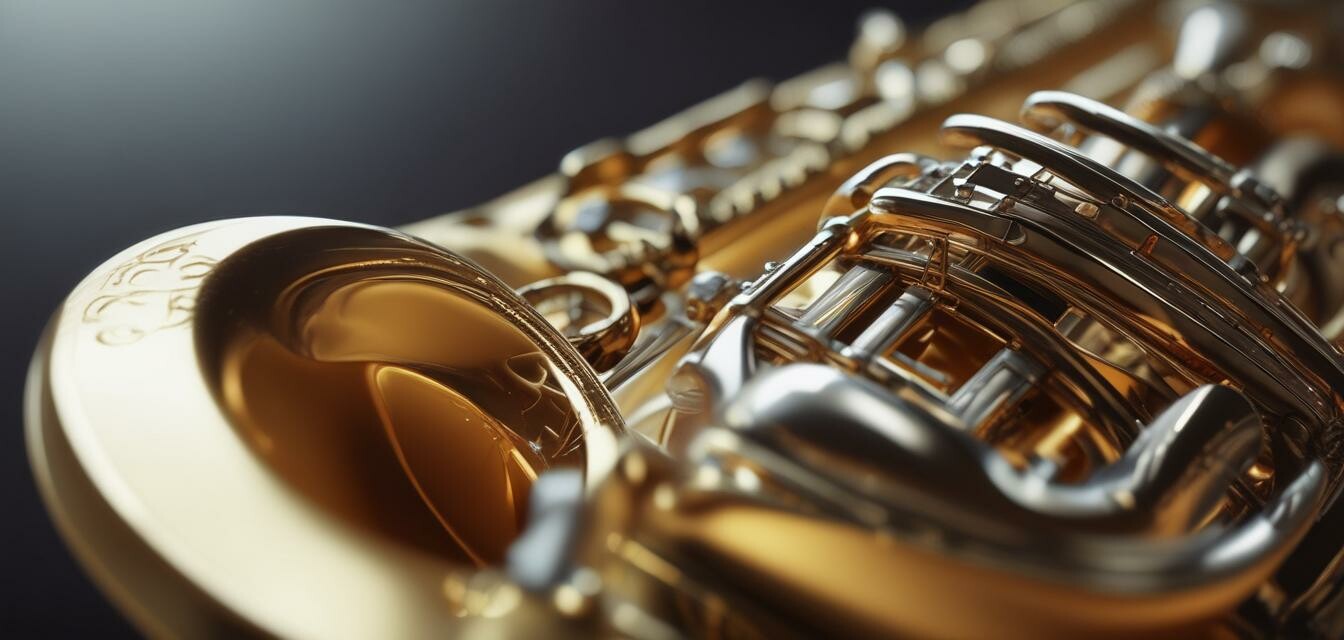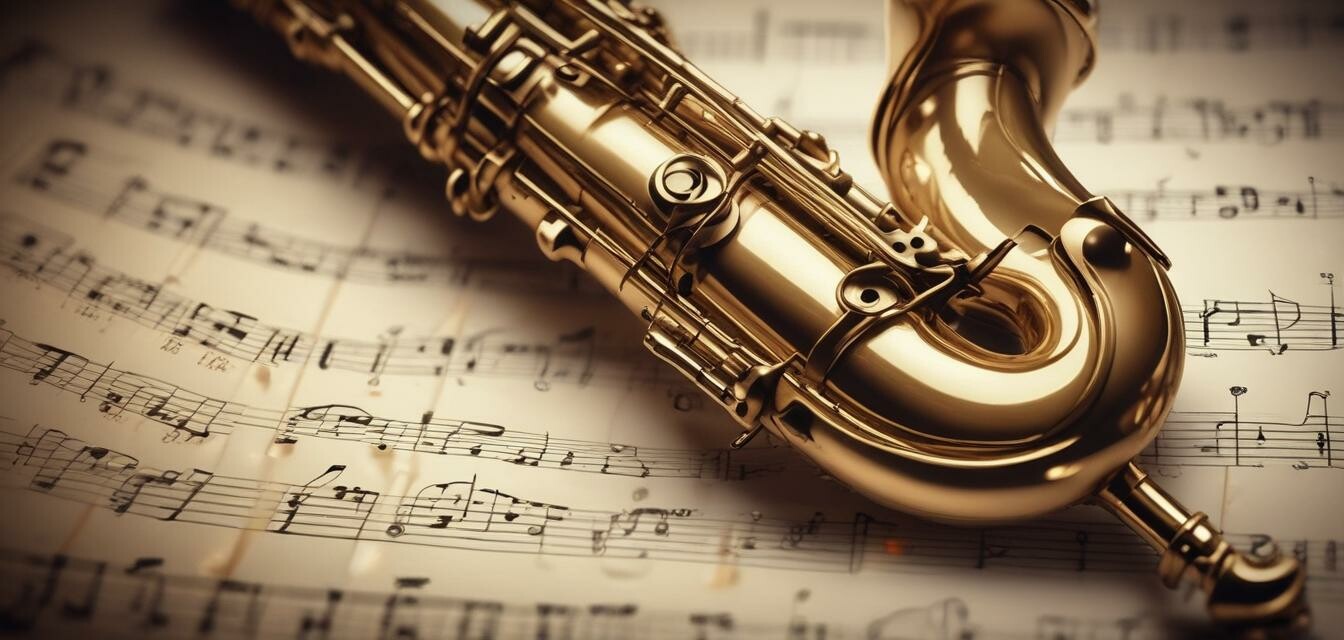
Contemporary Saxophone Styles
Welcome to the world of contemporary saxophone music, where creativity knows no bounds and genres blend together in perfect harmony. In this article, we'll delve into the modern saxophone music scene, exploring the different styles, genres, and artists that are shaping the sound of today.
Key Takeaways:
- Contemporary saxophone music encompasses a wide range of genres, from jazz and blues to rock and pop.
- Modern saxophonists are pushing the boundaries of traditional saxophone playing, incorporating electronic effects and experimental techniques.
- From Kamasi Washington to Chris Potter, contemporary saxophonists are making waves in the music industry.
The Evolution of Saxophone Music
The saxophone has come a long way since its invention in the mid-19th century. From its early days in military bands and jazz orchestras to its modern-day presence in rock, pop, and electronic music, the saxophone has evolved significantly over the years.
| Genre | Description | Influential Artists |
|---|---|---|
| Jazz | Rooted in African-American music traditions, jazz is characterized by improvisation, syncopated rhythms, and blues influences. | Louis Armstrong, John Coltrane, Charlie Parker |
| Blues | A genre born out of African-American work songs and spirituals, blues is characterized by its soulful, emotive sound and 12-bar structures. | John Lee Hooker, B.B. King, Muddy Waters |
| Rock and Pop | Incorporating elements of rock, pop, and R&B, this genre is characterized by its catchy melodies, driving rhythms, and often, electronic effects. | David Sanborn, Kenny G, Michael Brecker |
Modern Saxophonists and Their Styles
Today's saxophonists are pushing the boundaries of traditional saxophone playing, incorporating electronic effects, experimental techniques, and genre-bending styles.
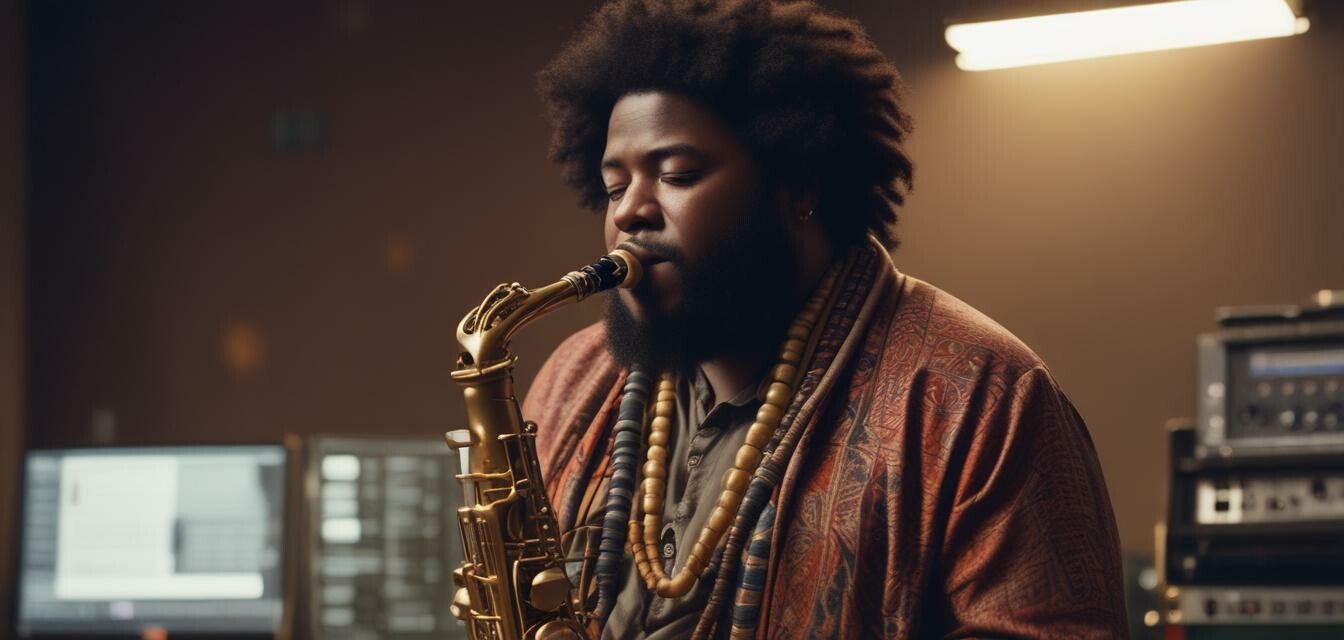
- Kamasi Washington: Known for his work on Kendrick Lamar's "To Pimp a Butterfly," Washington's music combines jazz, funk, and hip-hop elements.
- Chris Potter: A master of improvisation, Potter's music often incorporates elements of rock, pop, and electronic music.
- Donny McCaslin: A Grammy-winning saxophonist, McCaslin's music often blends elements of jazz, rock, and electronic music.
Experimental and Electronic Saxophone Music
In recent years, saxophonists have been experimenting with electronic effects, pedals, and software to create new, otherworldly sounds.

From using distortion pedals to create a more aggressive sound to incorporating synthesizers and drum machines, modern saxophonists are expanding the sonic possibilities of the instrument.
Conclusion
Contemporary saxophone music is a vibrant, dynamic scene, with artists pushing the boundaries of traditional saxophone playing and exploring new sounds and styles. Whether you're a seasoned musician or just starting out, there's never been a more exciting time to be a part of the saxophone community.
Pros
- Diverse range of genres and styles
- Modern saxophonists are pushing the boundaries of traditional saxophone playing
- Incorporating electronic effects and experimental techniques
Cons
- May not appeal to traditional jazz or classical music fans
- Requires a certain level of technical proficiency
Want to learn more about saxophones and accessories? Check out our Saxophones and Electronic Accessories pages for expert reviews and recommendations.

Beginners Section
New to the world of saxophone music? Here are some tips to get you started:
- Start with the basics: Learn the fundamentals of saxophone playing, including breath control, tone production, and finger technique.
- Experiment with different genres: Don't be afraid to try out different styles and genres to find what works best for you.
- Practice regularly: Consistent practice is key to improving your saxophone skills.
